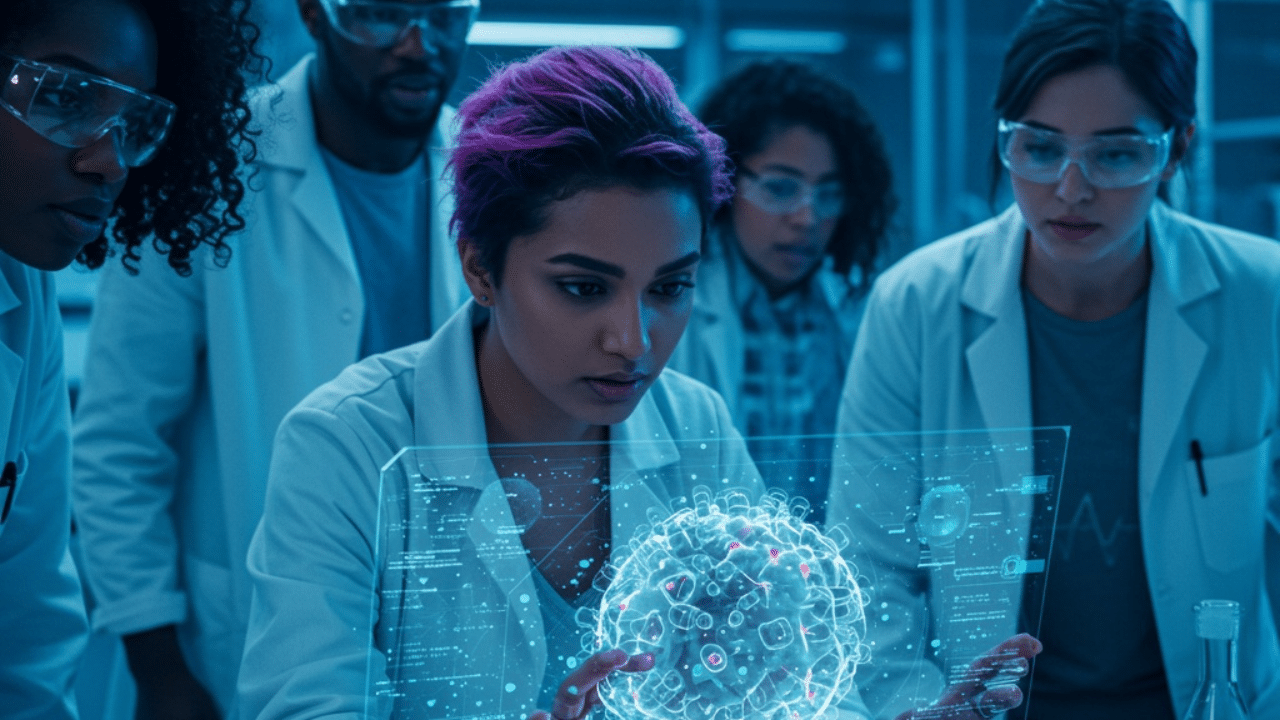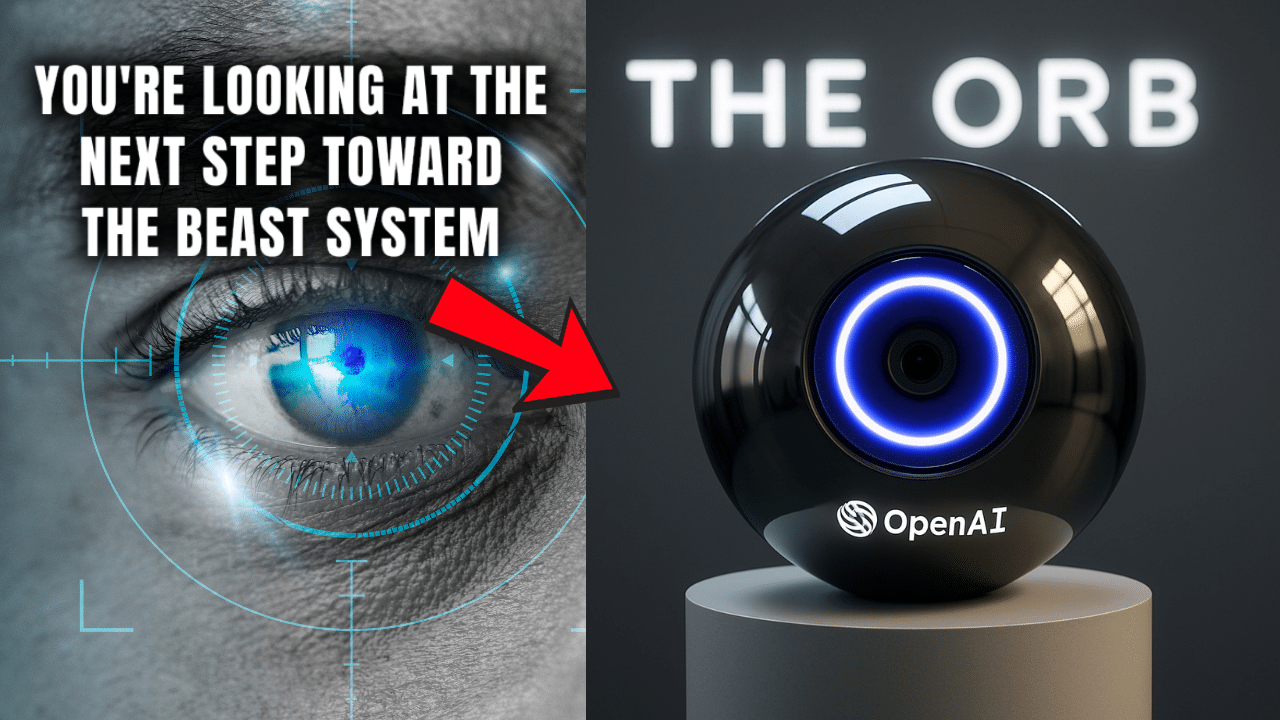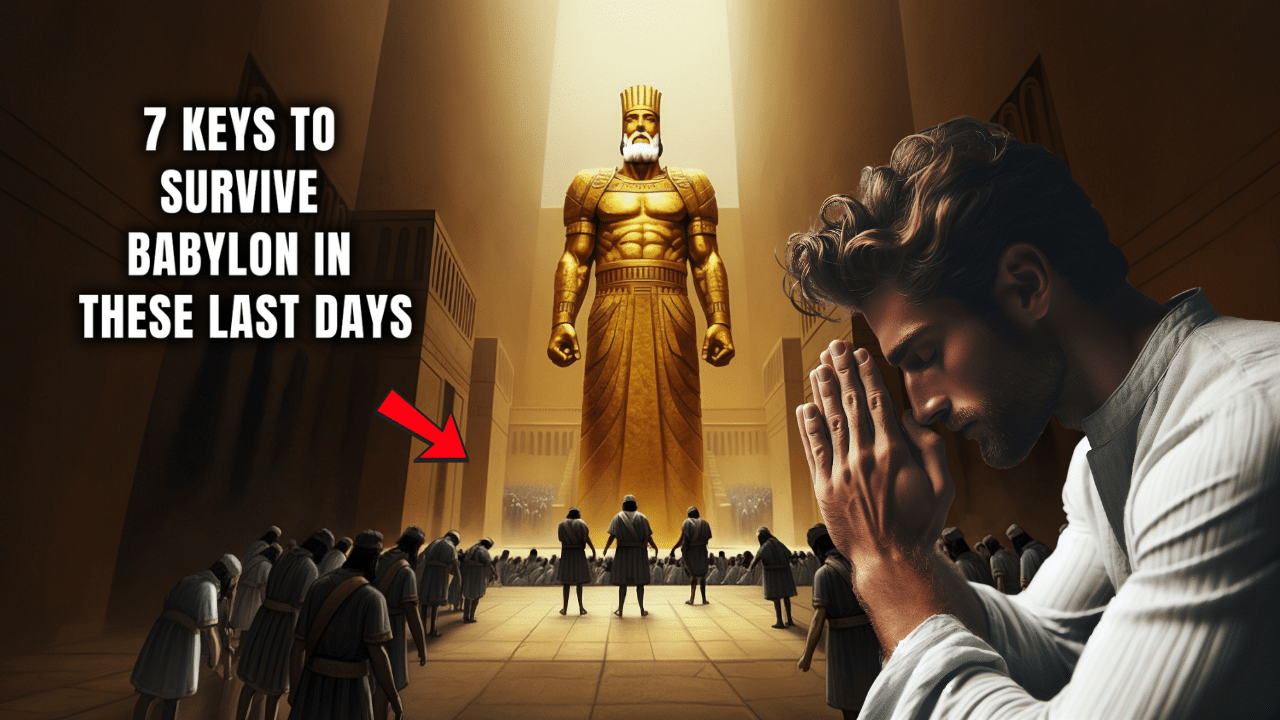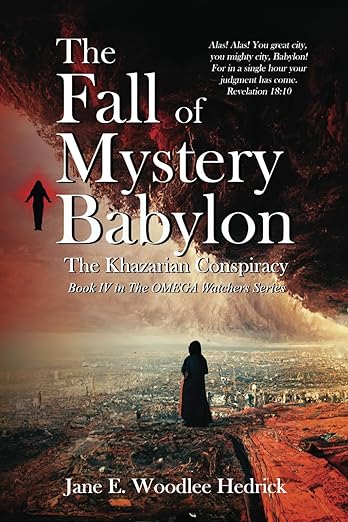In a groundbreaking development, Google’s artificial intelligence, termed “co-scientist,” has resolved a complex scientific puzzle in just 48 hours—a feat that previously demanded a decade of dedicated research by human scientists.
This remarkable achievement underscores the transformative potential of AI in accelerating scientific discovery.
Researchers at Imperial College London had been investigating a critical issue in antimicrobial resistance (AMR), focusing on how certain bacteria acquire new DNA, enhancing their virulence and resistance to antibiotics.
Their extensive research identified a mechanism where capsids—the protein shells of viruses—incorporate DNA and, lacking tails, acquire them from other viruses to infect diverse bacterial species.
This intricate process, unraveled over ten years, is set to be published in the peer-reviewed journal Cell.
To evaluate the capabilities of Google’s co-scientist AI, the Imperial team provided it with a brief description of their research focus, specifically how bacteria develop antibiotic resistance.
Astonishingly, within two days, the AI proposed several hypotheses, prominently featuring the exact mechanism the researchers had painstakingly uncovered.
Professor José Penadés, co-leader of the study at Imperial, expressed his amazement: “We worked for many years to understand this thing and we found the mechanism…
This was the top one, it was the first hypothesis it suggested. It was, as you can imagine, quite shocking.”










